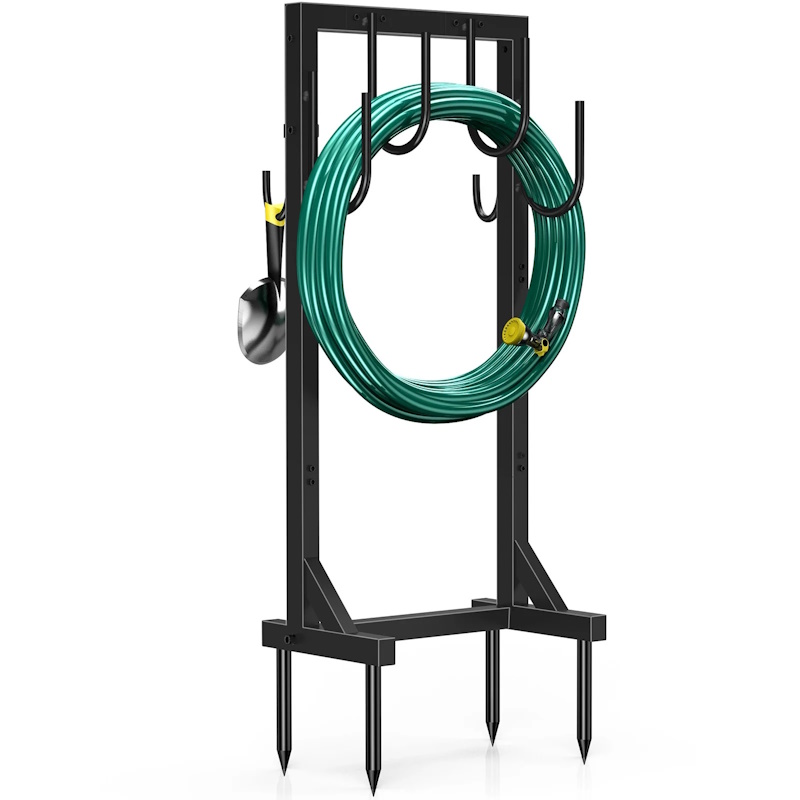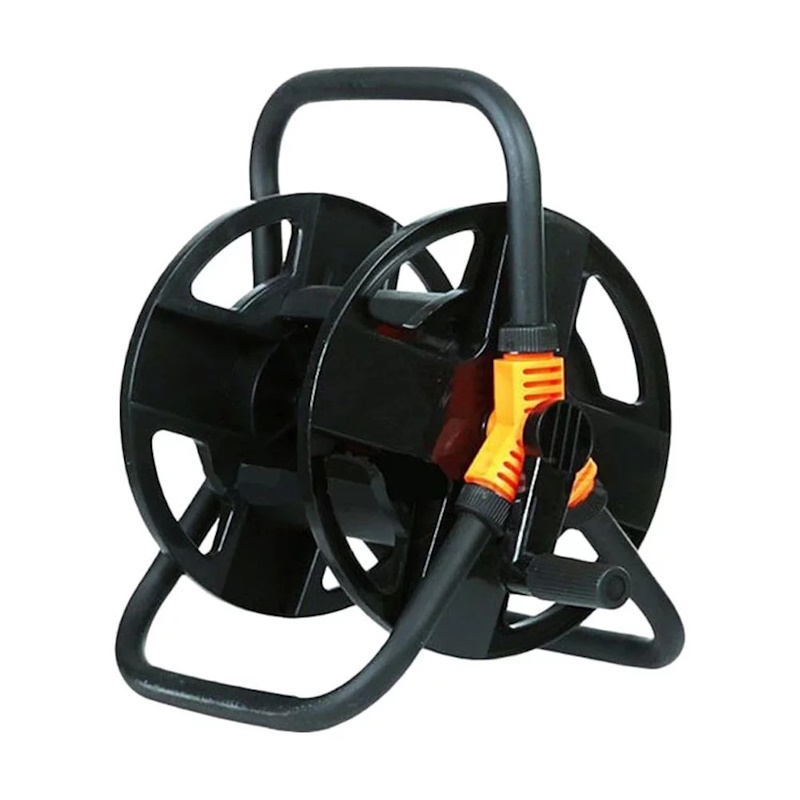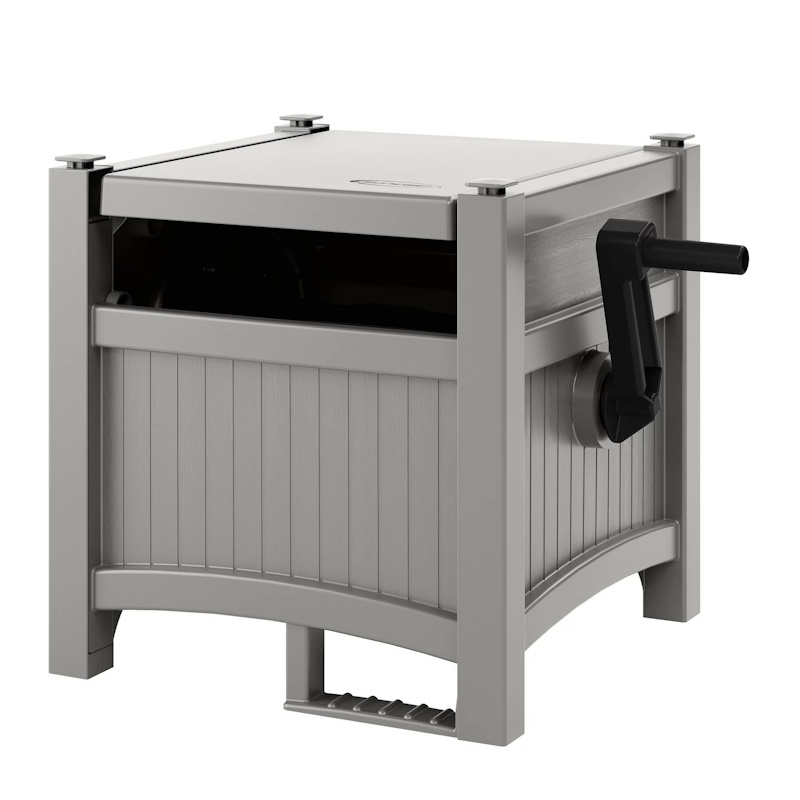How to maintain a garden hose in summer – 5 ways to keep it in pristine condition
You can easily prolong the life of your hosepipe by caring for it properly

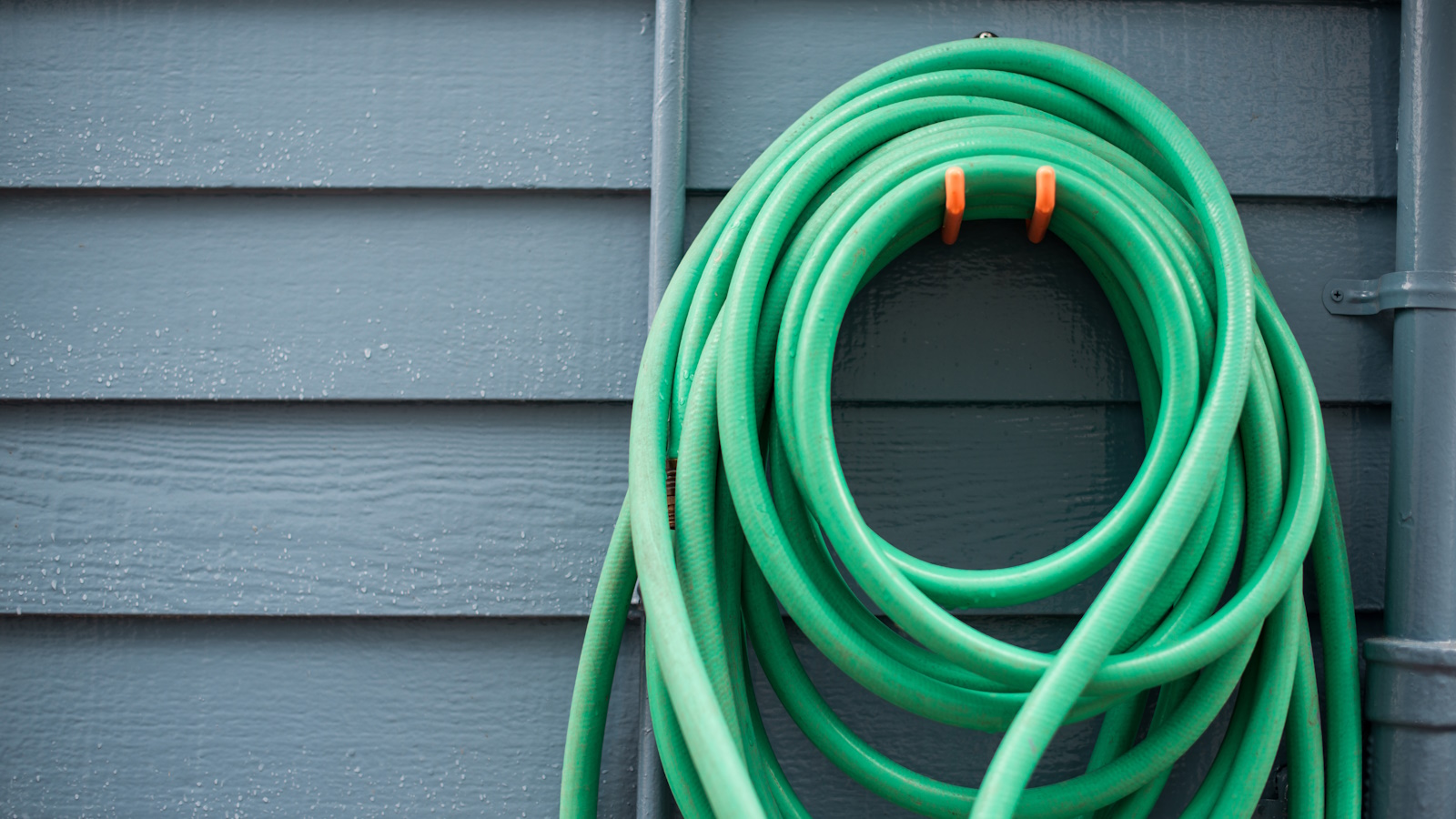
The heat is rising with summer in full swing and there's no doubt we're watering our backyards more often. With the need to keep your plants well hydrated, it's important to keep your garden hose in top condition so it stays reliable throughout the warmer months.
A garden hose is among the essential gardening tools you need to fulfil your summer gardening checklist. Things like extreme heat, sun and not storing your garden hose correctly can lead to it becoming damaged and experiencing wear and tear more quickly.
Garden experts have shared with us some of the best ways to maintain a garden hose this summer and how to protect it from damage.
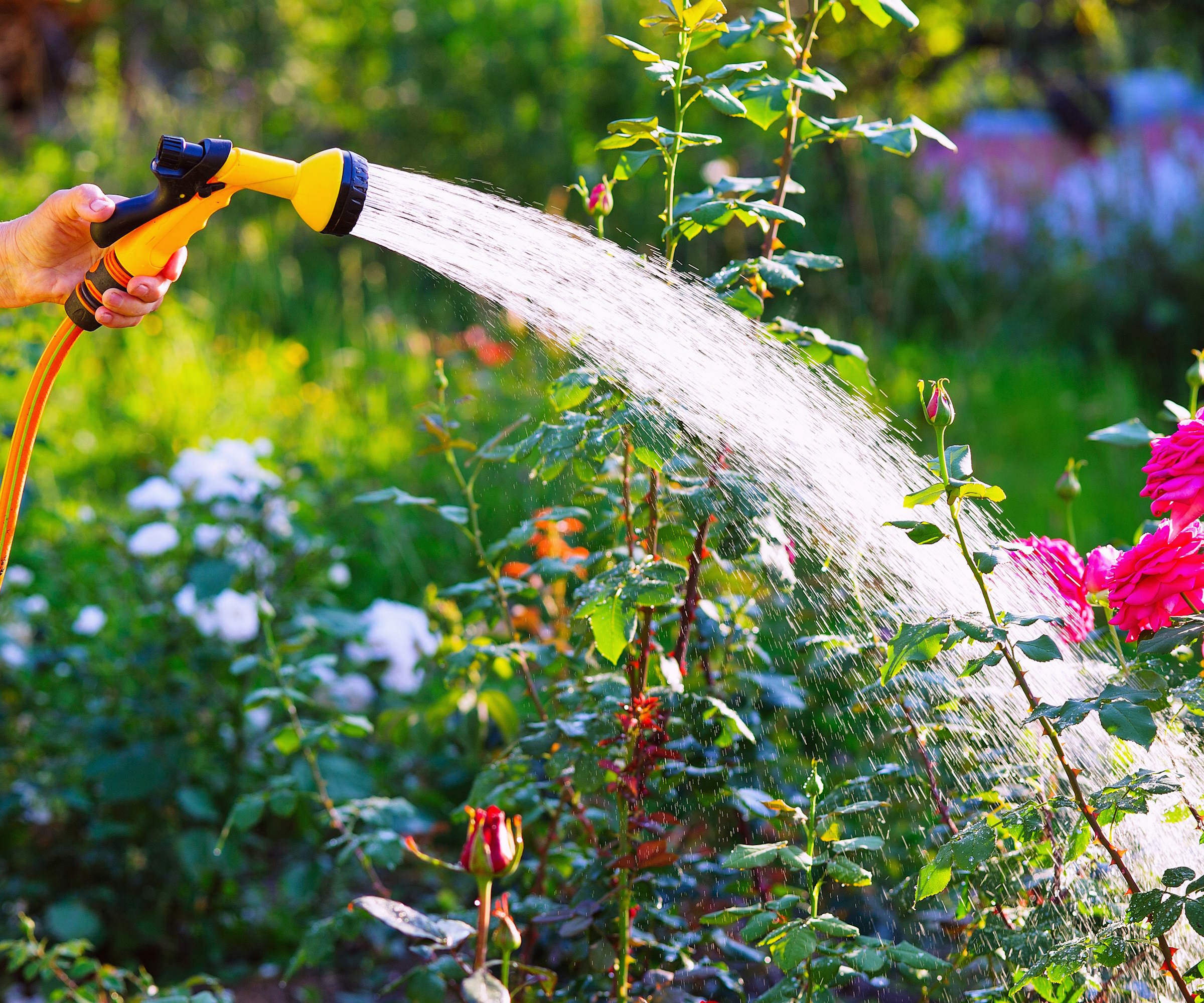
5 ways to keep your garden hose in good condition
Even the most affordable garden hoses on the market, like this garden hose from Amazon, can last for years with the proper care. Not only is it important to clean garden tools to keep them in good condition, but you also need to know how to care for your tools after use. Here are 5 things experts say to do to keep your garden hose in good condition this summer.
1. Don't leave your garden hose in direct sun
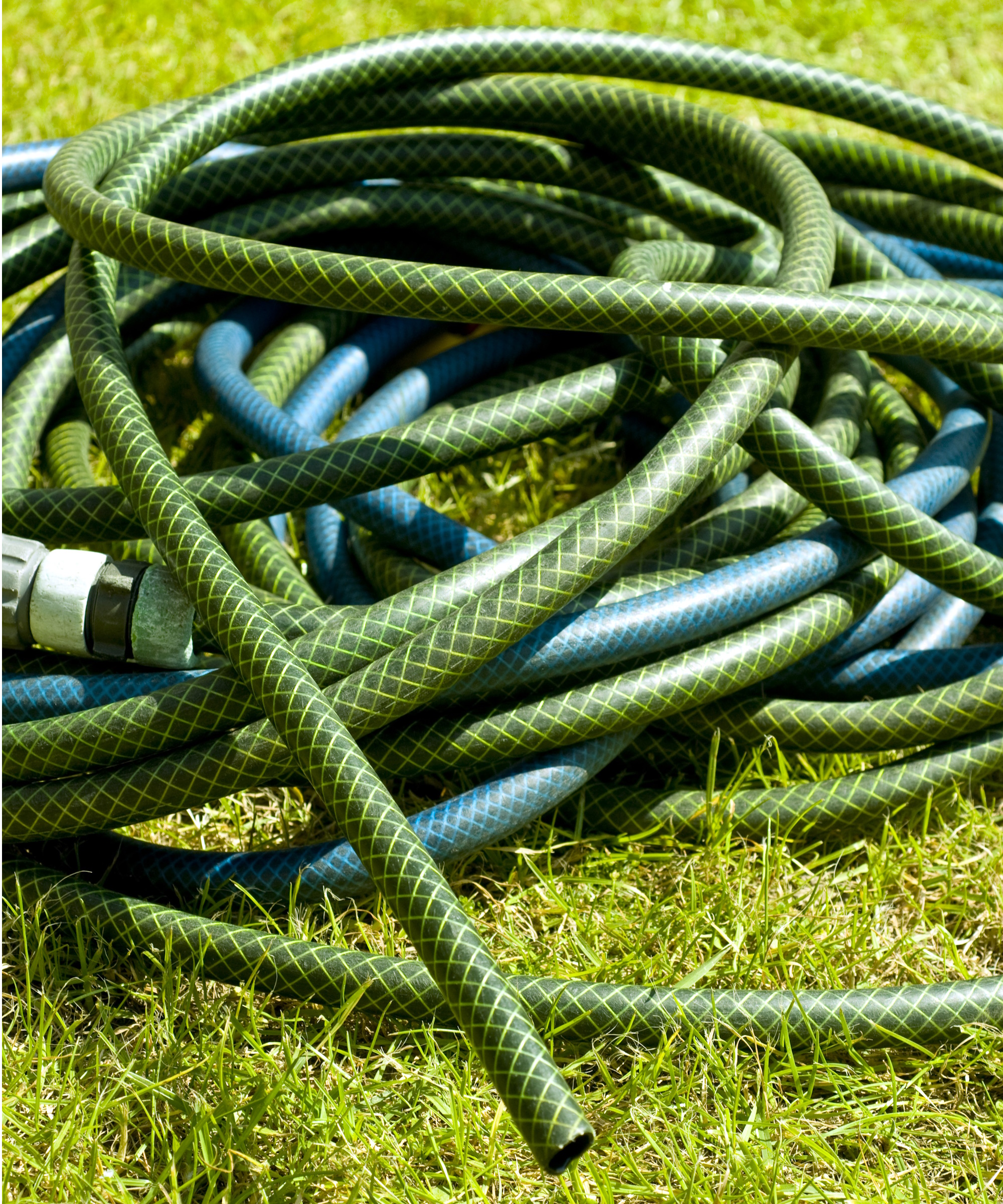
Particularly important during those days with sweltering temperatures, it's a good idea to put your garden hose out of sunlight when you aren't using it - such as in shed storage.
Not only will leaving your hose out in direct sunlight cause fading color to the outer material, it can also affect the water left inside the hosepipe. If the water heats up and evaporates, you may find that pressure builds up inside the pipe. This can eventually cause it to become weak and increase chances of breaking.
So, as tempting as it is after watering your lawn to leave the hosepipe lying on the ground, it's best to put it somewhere shadier to keep it stronger for longer.
Design expertise in your inbox – from inspiring decorating ideas and beautiful celebrity homes to practical gardening advice and shopping round-ups.
2. Drain your hosepipe after use
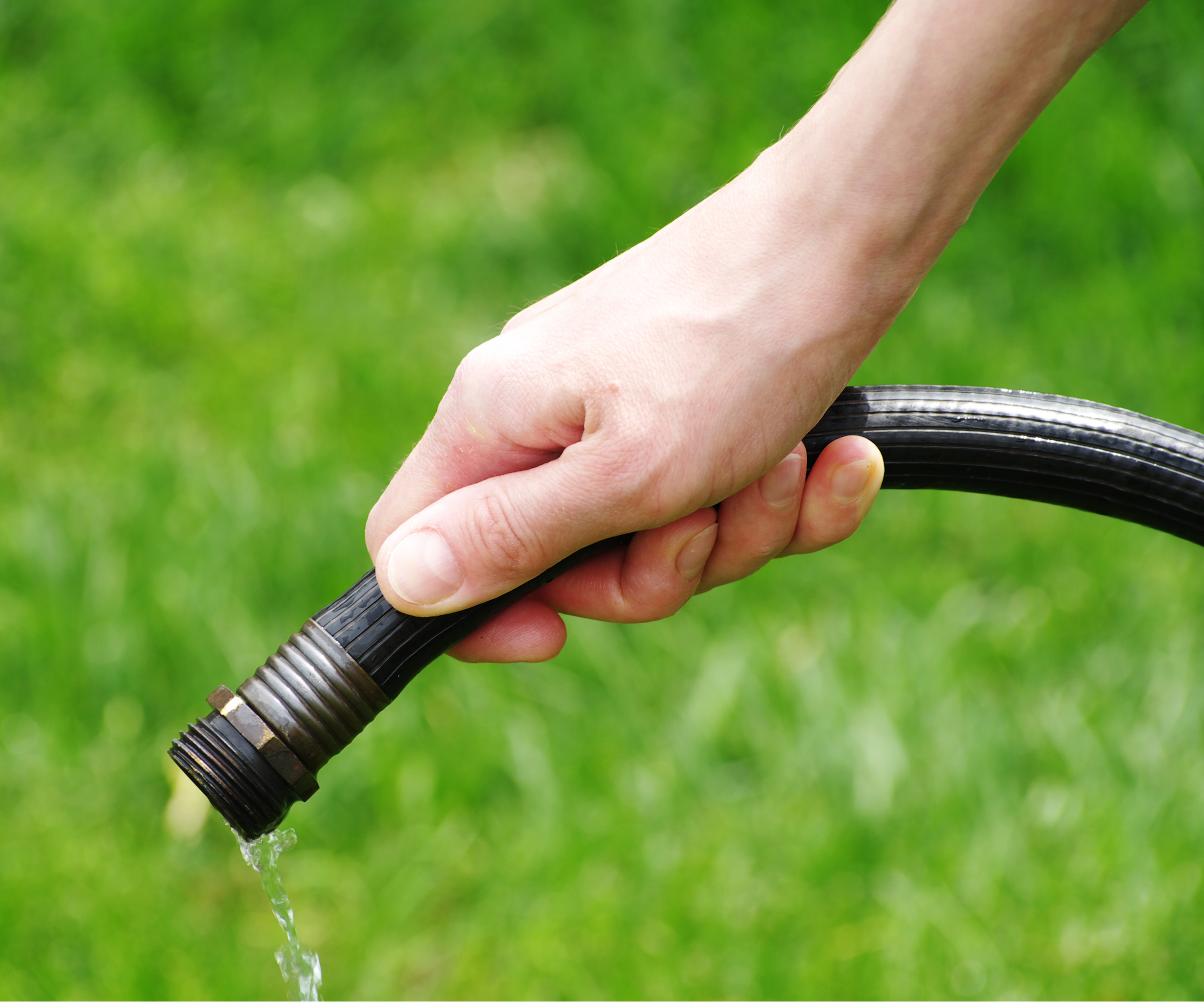
As mentioned, leaving water in your hosepipe can risk it evaporating and placing pressure on it. That's why experts say to make sure your garden hose is drained after each use.
'While draining your hose may not be your favorite task (it definitely is not mine), it will increase your garden hose's lifespan,' says Alex Kantor, owner of Perfect Plants Nursery. 'Fully draining your hose will remove residual water that can lessen its integrity and promote bacteria growth,' he adds.
Luckily, draining a hosepipe is easy to do - but it might just take some time. Disconnect your garden hose and lift it to allow water to flow out. It can help to keep hauling the pipe into your hands until you have drained it entirely.

Alex has worked in the horticultural industry for over 20 years and grew up on the farm since his childhood years. Alex is an expert on landscape trees, shrubs, and indoor plants. He is passionate about growing and helping others learn the trade.
3. Avoid making kinks in your garden hose
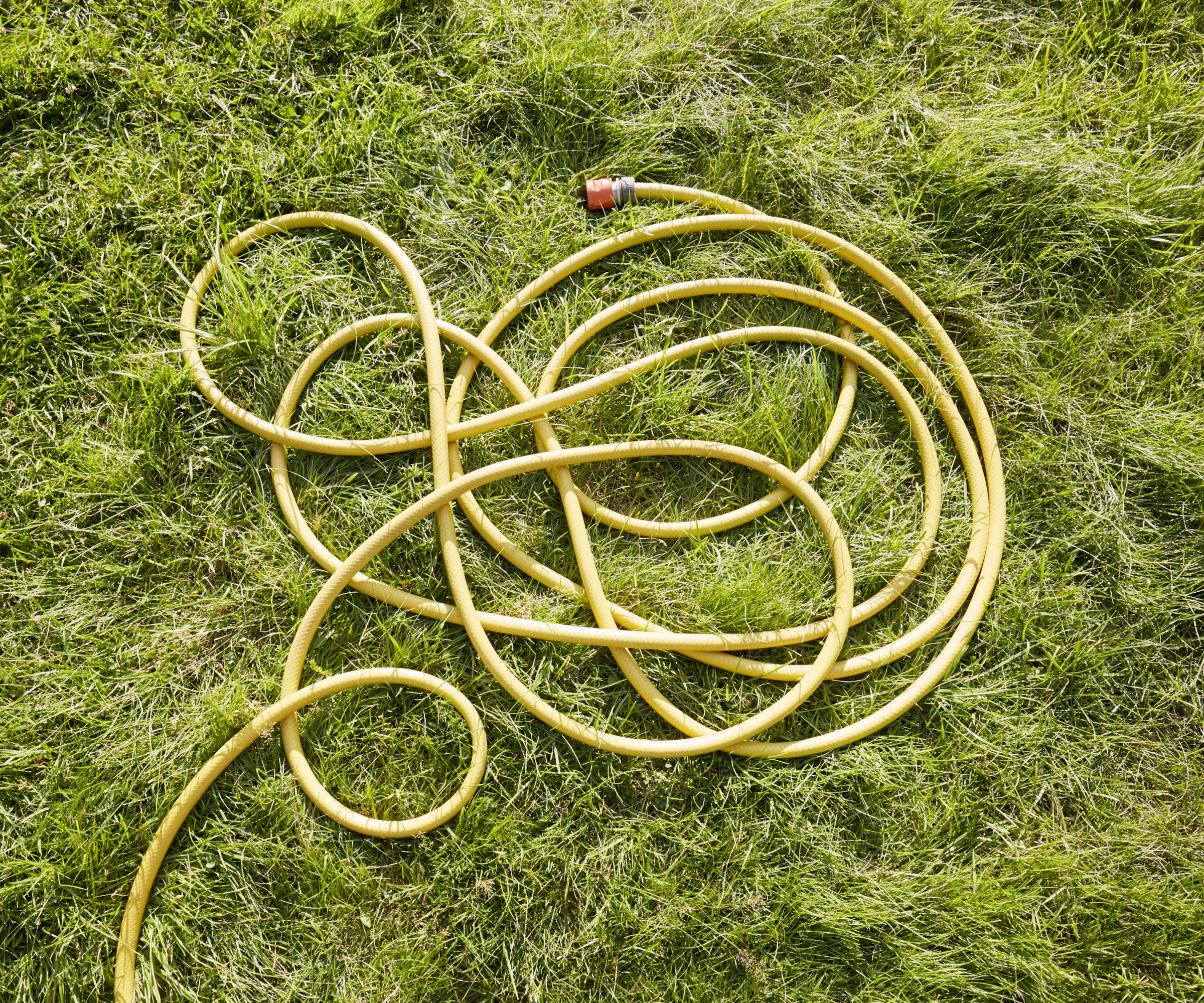
Your garden hose will last for much longer if it doesn't become worn out by bending. Garden hoses are typically made from rubber or vinyl and if they experience kinks and repeated bends, this material will become worn out and could tear.
A kink in your garden hose will also trap water and prevent water flow, making watering your plants a lot more difficult. The build up of water at the point of the bend can also increase pressure within the pipe and lead to damage.
Cracks and tears in a hosepipe can be hard to mend, but don't panic if your pipe does have one - there are products like this pipe seal tape from Amazon that can help patch it up.
Avoid kinks by always making sure your pipe is straight before turning the water on and storing your hosepipe carefully.
4. Store your garden hose properly
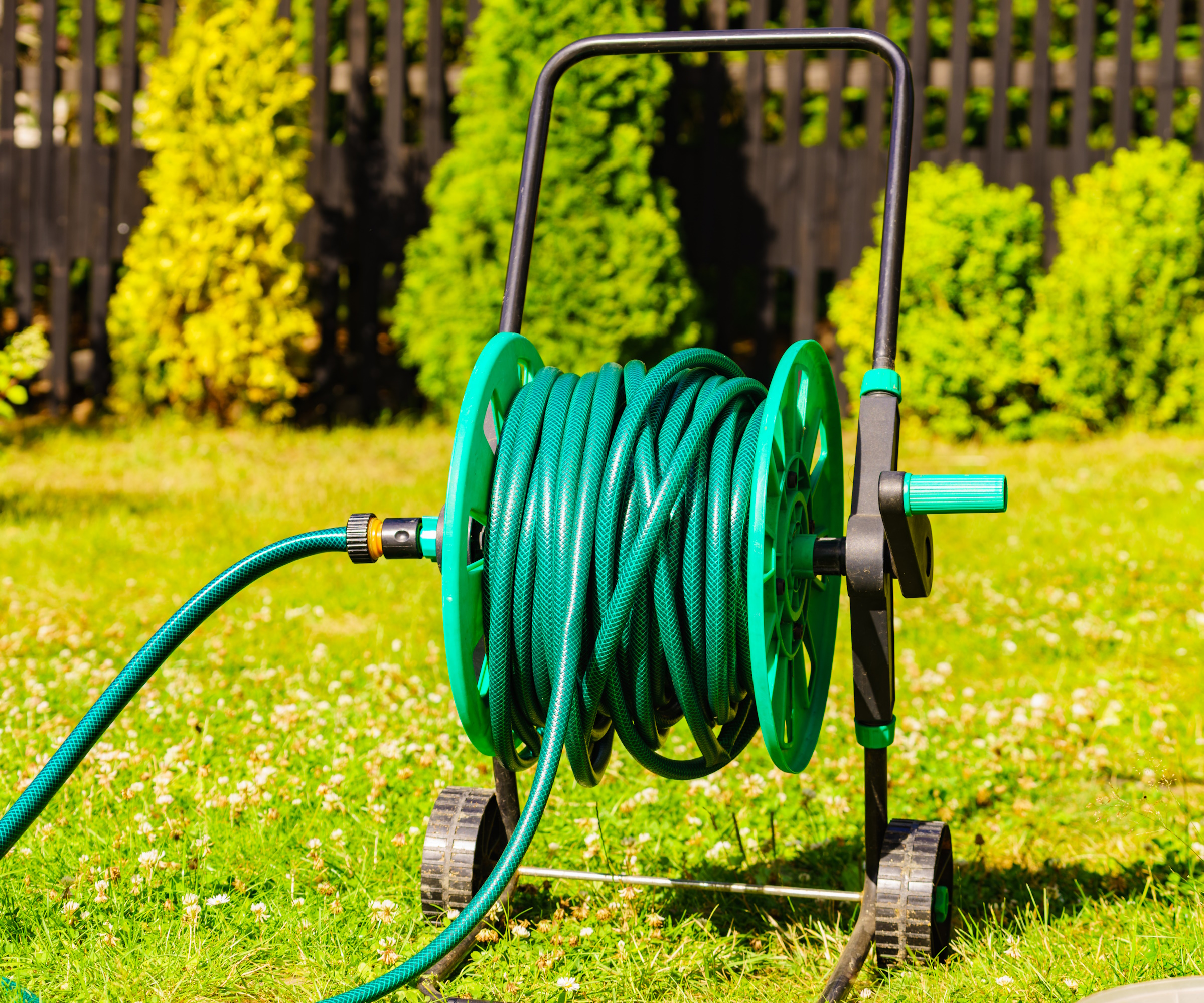
Properly storing your tools, such as by organizing your potting shed, is the simple trick to keeping them for longer.
'Proper storage involves keeping the hose out of direct sunlight and avoiding kinks that can damage the hose's structure,' notes Alex. 'My favorite way to store a garden hose is to coil it and hang it on a hook out of the sun. This will help your garden hose remain in good shape and last longer,' he adds.
There are lots of tools to help you store your hosepipe correctly, from a hose reel to a hose hook that can help it drain and dry out after use. Using a garden hose reel can also help you to prevent kinks and tangling during use.
5. Monitor your hose water pressure
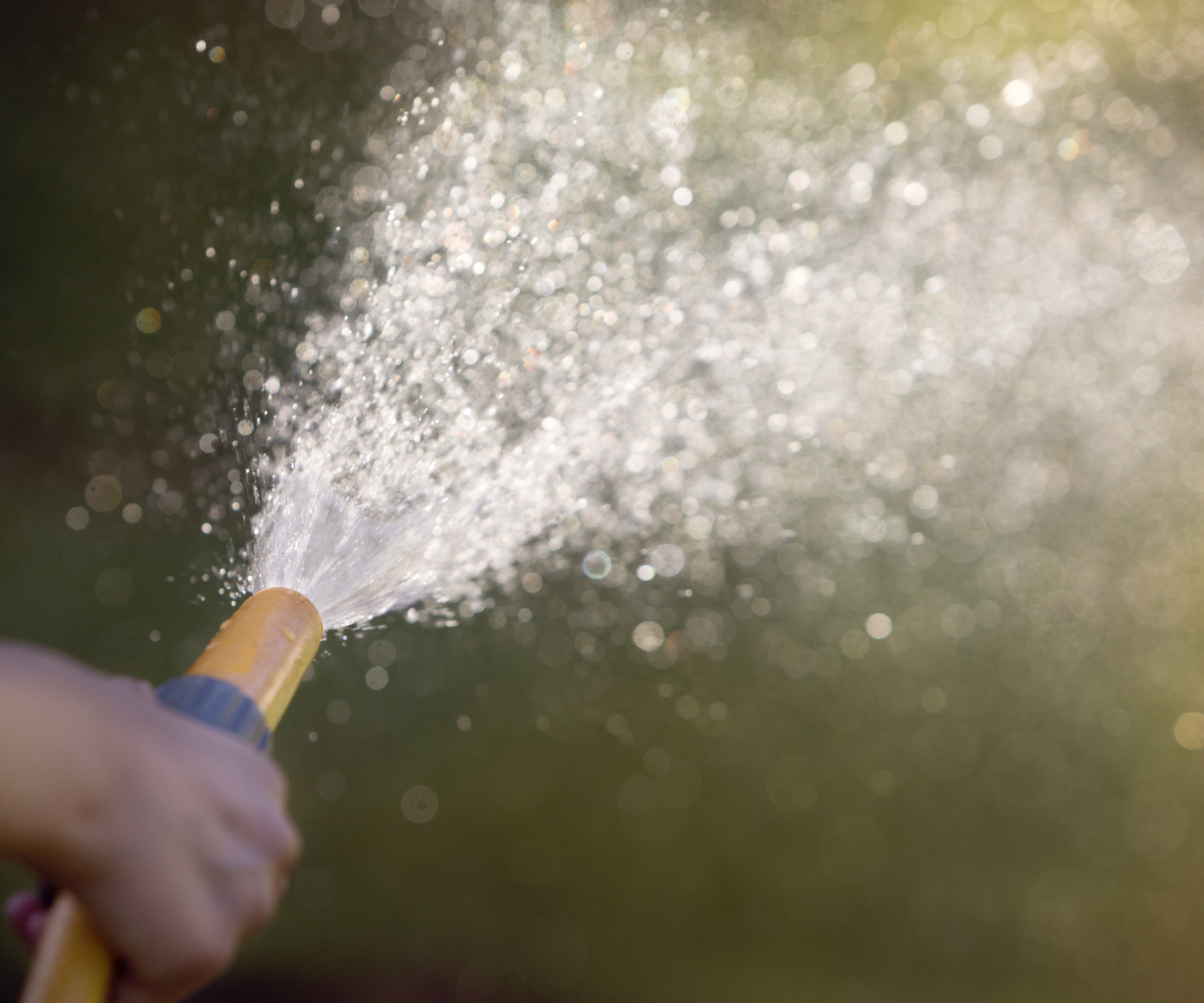
This is particularly important during hotter temperatures when your garden hose is already under pressure from heat. Water pressure that is too high can add stress and increase chances of bursting and causing damage to your hose.
If you're unsure whether your water pressure is too high, some key signs to look out for include leaking and forceful water flow - something that may also cause damage to your plants.
You can also test your water pressure with this water pressure test gauge from Amazon.
Of course, if you think your water pressure is too low, you may want to read up on how to fix low water pressure in an outdoor faucet.
FAQs
Why has my garden hose gone stiff?
It's normal for garden hoses to become stiff after a lot of use, due to often being made from rubber or vinyl and wearing out from repeat exposure to periods of wet and dry. You can, however, prolong the life and quality of your garden hose by doing a few things to keep it maintained. This includes not leaving it in direct sun, allowing it to drain after use and storing it properly.
Your garden hose can stay in good condition for years if you follow a few simple care steps. However, if you do find your hosepipe has become damaged and is starting to leak, there are a few things you can do to fix a garden hose.

Tenielle is a Gardens Content Editor at Homes & Gardens. She holds a qualification in MA Magazine Journalism and has over six years of journalistic experience. Before coming to Homes & Gardens, Tenielle was in the editorial department at the Royal Horticultural Society and worked on The Garden magazine. As our in-house houseplant expert, Tenielle writes on a range of solutions to houseplant problems, as well as other 'how to' guides, inspiring garden projects, and the latest gardening news. When she isn't writing, Tenielle can be found propagating her ever-growing collection of indoor plants, helping others overcome common houseplant pests and diseases, volunteering at a local gardening club, and attending gardening workshops, like a composting masterclass.
